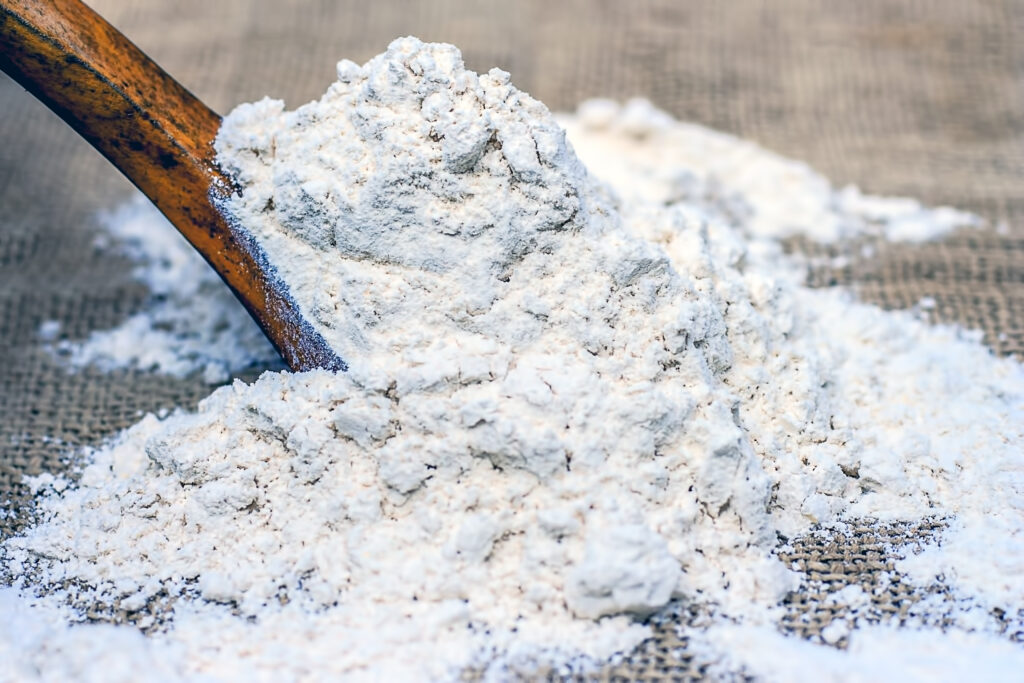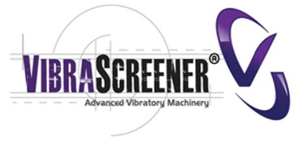
Flour is a common ingredient in the production of various food products and, for this reason, the process of sieving industrial flour plays a decisive role in the food industry.
Among other factors, this sieving process guarantees the quality of the final product, ensuring that the flour is free of contamination by particles that may be health risks to consumers.
It involves a physical method for separating and classifying solid materials composed of particles of different sizes. In essence, industrial flour sifting consists of passing the product of cereal milling through a sieve to retain the larger particles.
Given that this is a mechanical process, several technological solutions have been developed to efficiently conduct flour sieving on an industrial scale. In the following article, we focus on analyzing the two most efficient types of equipment for industrial flour sieving and the advantages offered by each.
Learn About The 2 Most Effective Methods For Industrial Flour Sieving Vibrating Screen
The Vibrating Screen, also known as a vibrating sieve, stands out as one of the most widely used types of industrial sieving due to its versatility. It consists of a screening surface that uses vibration to move small particles through the screen, allowing larger particles to be retained on the surface.
There are various types of vibratory screening equipment, according to the specific use to which they will be employed. These devices facilitate the separation of a wide variety of materials, including flours and powders resulting from the milling of grains, cereals, and seeds.
The sieves incorporated into these devices are capable of retaining particles down to 5 microns.
Advantages Of The Vibrating Screen
- Easy-to-operate equipment
Vibratory screening machines are easy to operate by one person. They often have a simplified design, which makes maintenance and top screen replacement easier, contributing to greater operational efficiency. - High performance
Due to their design features, the screens can handle large volumes of material, making them ideal for improving performance in industrial food production lines. - Accurate particle size control
With a vibratory sieve, it is possible to achieve precise control of the size of the screened particles. This is important in industries where the specific particle size of the final product is critical, such as grain and cereal milling. - Low noise level
Compared to other screening equipment, the vibrating screen is relatively quiet in operation, as its design often includes rubber suspensions. Thanks to this feature, a considerable improvement in working conditions in industrial environments is achieved.
Gyratory Sifting (Centrifugal Sieve)
Another highly efficient method is the advanced gyratory sifting equipment, also known as centrifugal sieving. In this case, the equipment utilizes centrifugal force to separate particles based on their size and density.
This type of screening involves a rotating drum, where the rotational speed generates a centrifugal force capable of pushing particles toward the walls of the drum. As the drum rotates, smaller particles pass through the screen mesh, while larger particles are ejected at the opposite end.
Advantages of the Gyratory Sifting
- Balanced vibration and low noise level
Gyratory sifting equipment generates a balanced vibration during the sieving process. This enables smooth operation and ensures a low noise level, facilitating compliance with workplace safety regulations. - High precision screening
This equipment is capable of providing a high level of screening accuracy due to its operating principle. The rotation of the drum enables the production of flour with a specific and uniform granulometry, an essential precision level in food production, where the consistency of the final product is fundamental. - High performance in purifying lightweight materials
It is particularly effective in separating and purifying lightweight materials such as flour and fine powders. This feature is highly important for industrial applications where the removal of impurities is a basic requirement. - Performance aligned to food industry standards
Built with food industry standards, as well as the regulations of the USDA, FDA, and other US and European regulators, in mind. This guarantees a safe sieving process for the production of flour and derived food products.
Vibrascreener Offers The Best Equipment For Industrial Flour Sieving
VibraScreener has the necessary to provide a comprehensive range of industrial sieving equipment, both vibratory and gyratory.
We recognize the needs of the food industry and this has enabled us to develop specific equipment to address the challenges they face when trying to separate, purify, and classify flour and similar raw materials.
Learn more about how our low-profile vibratory screeners are revolutionizing sieving in the food industry by visiting our detailed blog post: Benefits of Using a Low-Profile Vibratory Screener for Sieving Your Food Product.

